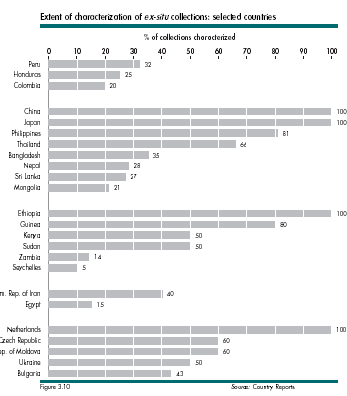I liked the way your article started - moving from aesthetics toward quantifiable standards. However, how would each of the options you listed be quantified? Who would quantify them? Ultimately, the audience would need to measure whether the designer was successful. One way to quantify effectiveness is for the designer/communicator to establish quantifiable objectives at the outset, and the audience be provided the opportunity/right to judge whether those objectives were met from their perspective. Then a 'gap analysis' would provide a baseline for improvement.
What Is Information Design?

Nonetheless the official dictionary definition "Graphic Design" is
"The practice or profession of designing print or electronic forms of visual information, as for an advertisement, publication, or website."
The American Heritage® Dictionary of the English Language,
Fourth Edition Copyright © 2000 by Houghton Mifflin Company.
Published by Houghton Mifflin Company. All rights reserved.
What we end up dealing with is a quite different understanding of what graphic design and what we generally should expect of it.
"In a nutshell, graphic design is creating a pleasing layout
from text and graphics."
About.com - Graphic Design
In our everyday life Graphic design has become synonym with a search for "beauty", "aesthetic perfection" and "nice-looking design solutions".
But do these adjectives refer to actual objective characteristics of our presentation or do they belong only to our naive, presumptuous and self-centered ego?
I often ask in my "Information Designer" workshops what people say to a graphic designer when she has done her work right:
"How beautiful!",
"Gee, it looks great!",
"Wow, that is really neat!".
If we stop for a moment to think about those exclamations we can see how inappropriate is our evaluation criteria for designing or assessing the quality of a visual design.
If I am designing a message that has to reach people in Asia, in Africa, or in South-America, how can I design an effective presentation, a cover or even a Web site, if the taste I am catering to is only the one of whoever is control of the project?
Am I designing for those people that need to learn how to research and publish information effectively or I am designing the chief of the international Fund that is sponsoring the project?
Since it is very hard to break out of this misconception now entrenched in the attitude of many communication managers I strongly suggest to approach the problem by invisibly shifting the grounds on which the discussion and assessments can be made to more solid, rational, measurable and familiar grounds for both.
I am sure that even the most narcissistic communication officer would be open to accept that the key questions to ask in order to create the effective opportunities for the creation of a good design are:
Who is the presentation for?
What is the message to be conveyed?
Which would be the best way to convey it for that specific audience?
Beauty is really in the eye of the beholder and NOT inside your PowerPoint presentation.
Your goal as a communicator should be one of conveying a message, effectively, rapidly and possibly in a fun, passionate, memorable way. as much as your message can tell a story it can be well remembered for along time.
All this can be achieved without approaching "design" from an aesthetic point of view, but rather from a more analytical and scientific point of view. Once you will focus more on:
a) readability
b) consistency
c) balance
d) simplicity
e) visual organization
f) relevance
g) context, reference
Beauty will be born as a natural consequence of imposing such more rational approach.
We are our worst enemy.
As you can clearly see from my above points, I do believe, that graphic designer and the ones of us that pay for their work are the major obstacles to developing effectively designed presentations, books, Web sites and other visual communications.
While I am greatly generalizing to drive my point, I advocate that visual communication work is conceived and designed according to the good principles of Information Design listed above and not according to the visual taste and preference of anyone.
Reading References:
Amazon Information Designer Recommended Reading List
by Luigi Canali De Rossi
Information Design: The Understanding Discipline
For other great articles and solutions about Information Design please see my other online resource: MasterView International. Subscribe free to its monthly updates.
by by Dirk Knemeyer - boxesandarrows
What Is Information Design? A few 1996 disgressions on what Information Design really is.
What Is Information Design?
by Toby Brown
What Is Information Design?
by Luigi Canali De Rossi
What Is Information Design?
by Saul Carliner
What Is Information Design?
by Harvey Molloy
Information design: What is it? Who needs it?
by Erik Spiekermann, Niegel Holmes and Terry Irwin
You can see some more of my Information Design skills at work inside:
State of The World's Plant Genetic Resources For Food And Agriculture (PDF)
Read my own work on this topic at:
MasterView International
How To Create And Manage Effective Presentations For International Audiences
| 2004-01-09 02:21:40 |
| 2003-12-04 23:02:42 |
As an interested addict fighting overload on all fronts, my comment is that aesthetics is absolutely central to getting the reader (or viewer) motivated enough to process and understand content.
Rather than pressing for standards and specialization I think that info architects should be as liberal and inclusive as possible - welcoming any form of visual communication that works.
Finally, information graphics are the most obvious antidote to information overload and are fun too .. this is an irresistable combination.



